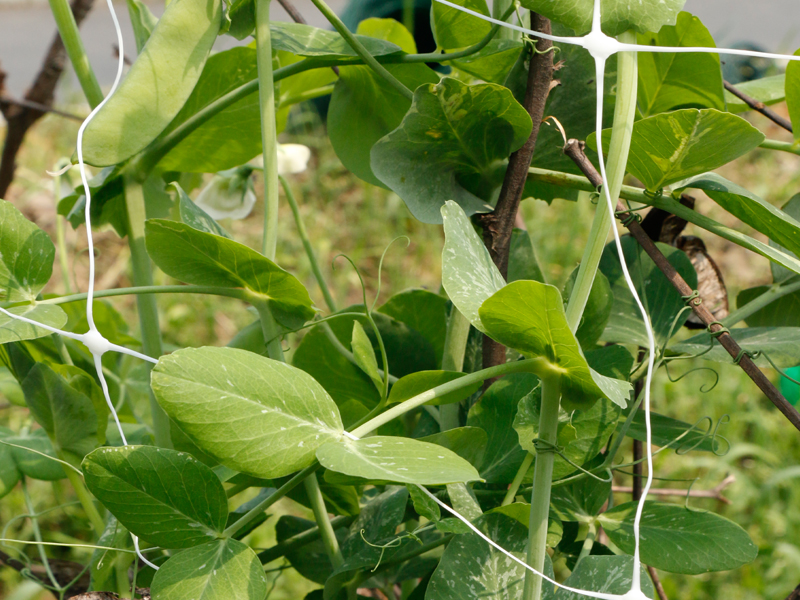1. Basic technological process 2. Construction preparat […]
1. Basic technological process
2. Construction preparation
Set up a safety protection zone: near the construction site, pedestrians and vehicles are prohibited from passing, the safety protection zone is defined, and facilities workers sign at both ends of the construction site.
According to the requirements of construction safety operation specifications, choose safety protection measures, erect steel pipe scaffolding, lay moso bamboo scaffolding sheets underneath, hang protective nets on top, or hang ropes from the top of the mountain and fasten safety belts for construction. The scaffolding erection shall be carried out in accordance with the scaffold erection facility engineering specifications, and the on-site construction personnel shall wear safety helmets and necessary labor protection equipment.
3. Work surface cleaning
Remove debris and loose rocks on the working surface, trim the corners of the slope and the corners of the top of the slope to make it arc-shaped, and smooth the working surface as much as possible to facilitate the spraying construction of the guest soil and increase the greening effect of the working surface . Ensure that the unevenness of the working surface before construction is an average of ±10cm, and the maximum is not more than ±15cm; the low-lying areas shall be covered with soil and backfilled with rammed soil or backfilled with vegetative bag soil, whichever is the case where the reverse slope section disappears. A transverse groove is opened every certain height on the working surface to increase the roughness of the working surface and increase the adhesion of the guest soil to the working surface.
If the rock slope itself is unstable, it should be reinforced with prestressed anchor rods and cables.
4. Construction of interception and drainage ditch
Whether the drainage system of the working surface is set up properly and reasonably is directly related to the growth environment of the vegetation on the working surface. For long and large slopes, the top of the slope, the slope toe and the platform need to be set up with drainage ditches. And consider whether to install slope drainage ditch according to the size of the water flow on the working surface.
5. Laying and nailing the net
Highly galvanized prismatic wire mesh or high-strength plastic reinforced geonets are used. The mesh size is 5cm×5cm. On the rock, use a pneumatic drill or an electric drill to arrange bolts and anchors in a plum blossom shape with a pitch of 1×1m. The anchor rod is 90-100cm long. The anchor is about 15-40cm long. When hanging the net, use top-down unwinding. Two adjacent rolls of barbed wire (geonet) are connected and fixed with lashing iron wires respectively. At least 10cm overlap is required at the junction of the two nets, and no less than 5 anchors per square meter. Keep a certain gap between the net and the working surface, and it is uniform. On steep rock faces, straw ropes can be wound on the net at certain intervals to increase adhesion and ensure the thickness of the guest soil. Hanging the net can make the guest soil substrate form a lasting integral plate on the rock surface.
6. Guest soil spraying
Before spraying the guest soil, water and moisten the slope, and mix the peat, humus, grass fiber, slow-release nutrient fertilizer and other mixed materials on the wire mesh after being stirred by a special machine. The thickness is 2-8cm. Since the loss of substrate moisture will cause insufficient substrate thickness, the spray thickness is generally required to be 125% of the design thickness.
7. Spray sowing plant seeds
Select plant seeds according to the nature of the soil or rock surface of the construction work surface, local climate conditions, construction season, and combine the growth characteristics of various plants, and increase the seeds of native tree species on the work surface of similar landforms in the local area, so that the secondary vegetation will be available in the future. During the year, it gradually merged with the natural ecological vegetation without any traces of artificial carving.
The seed, fiber, adhesive, water retention agent, slow-release fertilizer, microbial fertilizer, etc. are stirred and mixed by a spray planter to form a spraying slurry, which is evenly sprayed on the working surface under the action of the spraying plant.
8. Cover
In order to ensure the rainy season, plant seeds are protected from rain before rooting; in cold seasons, plant seeds and seedlings are protected from frost damage; and heat preservation and moisture retention during normal construction seasons. It is required to use non-woven fabrics (or straw curtains) to cover, and strive to be careful, so as to prevent the early non-woven fabrics from being blown away by the wind. The purpose is to prevent the working surface after forming from being washed away by rain; the other is to keep warm and moisturize and promote plants. Growth.
9. Maintenance management
From germination to seedlings, plant seeds must be watered and maintained to keep the soil moist. From the beginning, insist on watering once a day in the morning (once in the morning and evening in the hot summer), and atomize the water droplets when watering (atomizing nozzles can be installed where conditions permit), and then gradually reduce the number of watering as the plants grow. And adjust according to precipitation.




 WhatsApp:+8613626888261
WhatsApp:+8613626888261